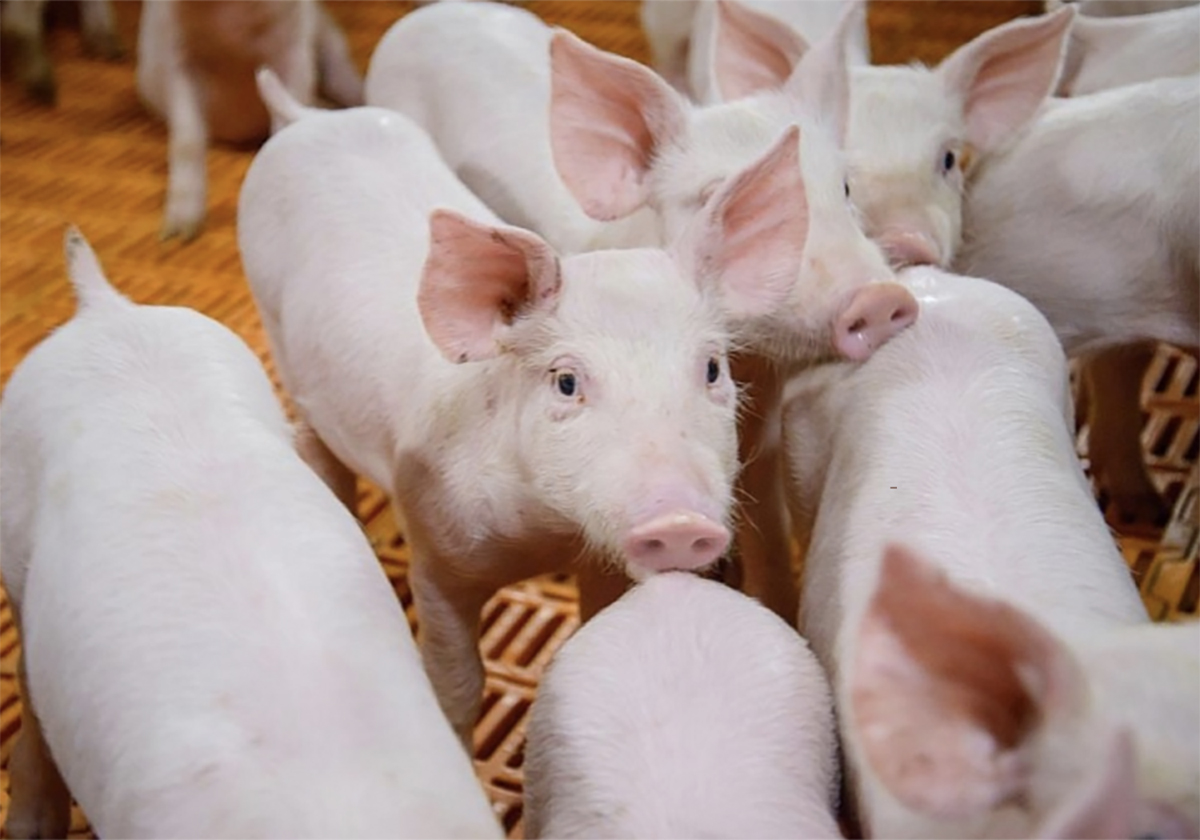Earning extra value from cull cows has eluded beef producers since international trade stopped for cattle older than 30 months.
Resolutions passed at the Alberta Beef Producers annual meeting supported changes to the grading system that could pay producers extra based on quality, rather than the current D1-4 system for assessing cows.
Cow prices remain well below pre-BSE days, yet Canadians are consuming more of this commercial type beef from domestic animals due to lack of exports.
To keep secondary processors using Canadian beef rather than offshore product, there must be a more consistent supply. That could occur if grading was better able to identify meat that met the processors’ specifications.
Read Also

The Western Producer Livestock Report – August 28, 2025
Western Producer Livestock Report for August 28, 2025. See U.S. & Canadian hog prices, Canadian bison & lamb market data and sales insights.
“If we are going to increase our market share relative to Australia and New Zealand, primarily around whole muscle cuts, the key to doing that is improving the consistency of that product from one Canadian plant to the next and one box to the next,” said Glenn Grand of the Beef Information Centre.
He suggested Canada follow a system used in Australia and New Zealand where cuts are better sorted and boxed.
“The outside rounds literally look like peas in a pod coming out of the box,” he said.
In Canada, the boxes are based on weight of the carcass so each cut could be a different size. This can create problems on a food manufacturer’s processing line because of the extra trimming and packaging required.
Considerable effort has gone on in the last three years among packers and processors to produce a more acceptable set of meat cuts after trade halted due to BSE.
“But each plant has generally dealt with it in their own way. They built solutions that work for them and their customers,” Grand said.
However, a processor may buy beef from several different plants and receive a different product from each. The type of cows going for slaughter vary in size and muscling so the product varies further.
Most cow meat is ground, but loins and ribeyes can be removed and sold through institutions, fast food or family style restaurants at a reasonable price.
Canfax reports cow slaughter could reach 212,000 tonnes for 2006, while in 2005, about 164,000 tonnes was available.
In 2002, 153,000 tonnes of imported commercial beef landed in Canada. Four years later only 49,000 tonnes were imported because Canadian product is taking up the demand.
Canadians were expected to eat 256,000 tonnes of beef from older animals in 2006, up more than 13 percent from 2005.
Pursuing a new grading system could be a challenge, said Cindy Delaloye of the Canadian Beef Grading Agency.
“It would be a huge process to develop a different cow grade than we have right now,” she said.
While Delaloye understands the frustration of low prices for cull cows, she said developing a grading system for cows could take years because of the research needed and government and regulatory system approval. By that time the market could have changed, especially if the United States border opens to older animals.
The grading system is not the problem, but rather the settlement system.
“People want to be paid for quality cows where only certain cuts are taken out,” she said.

















